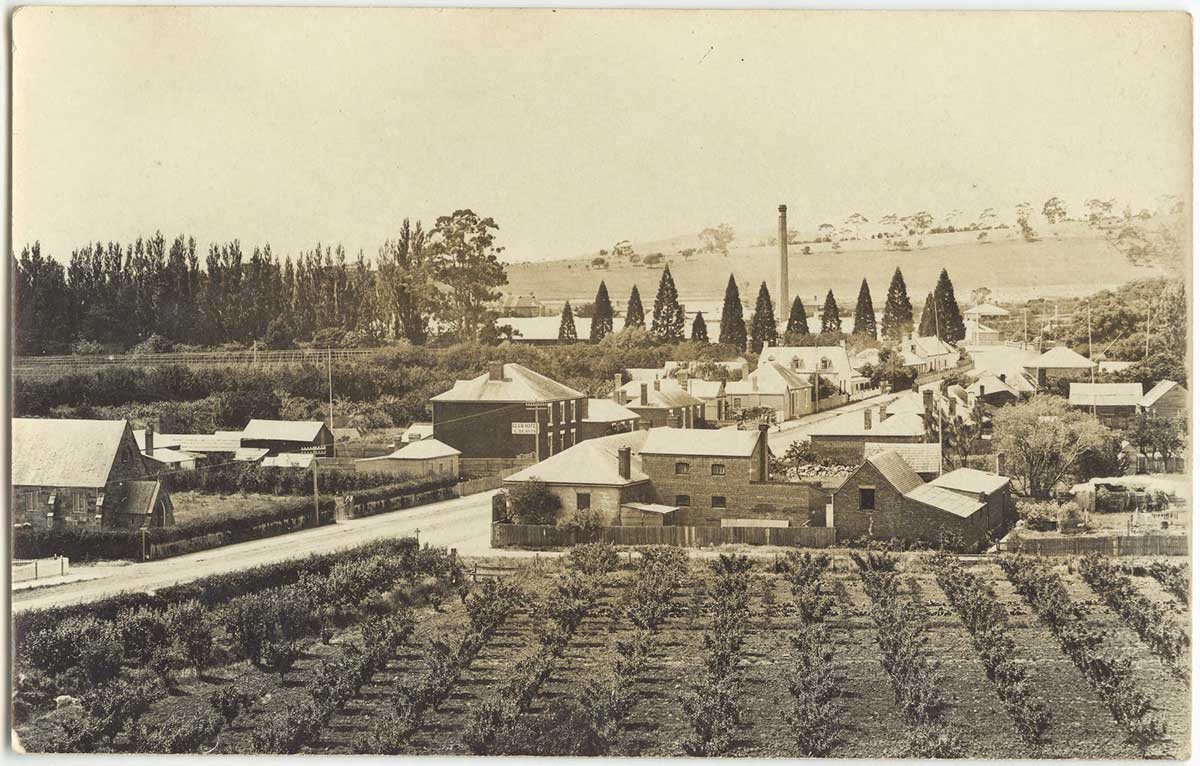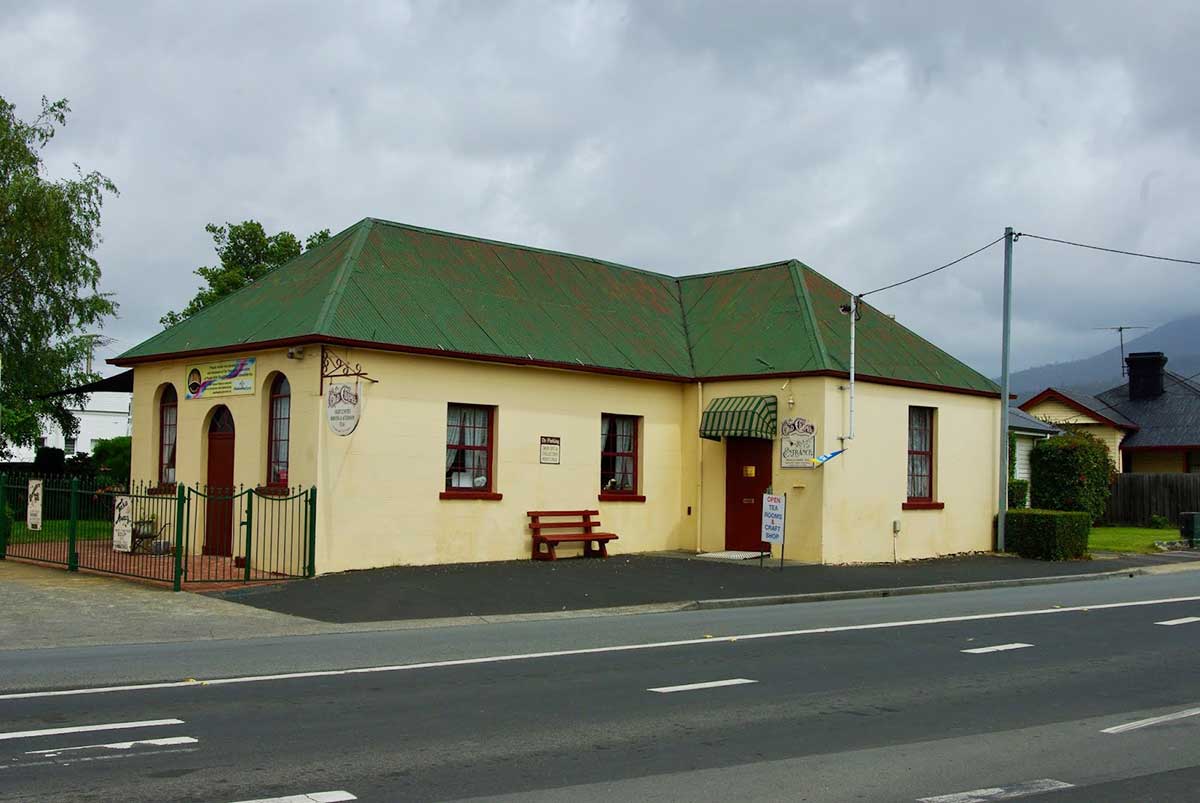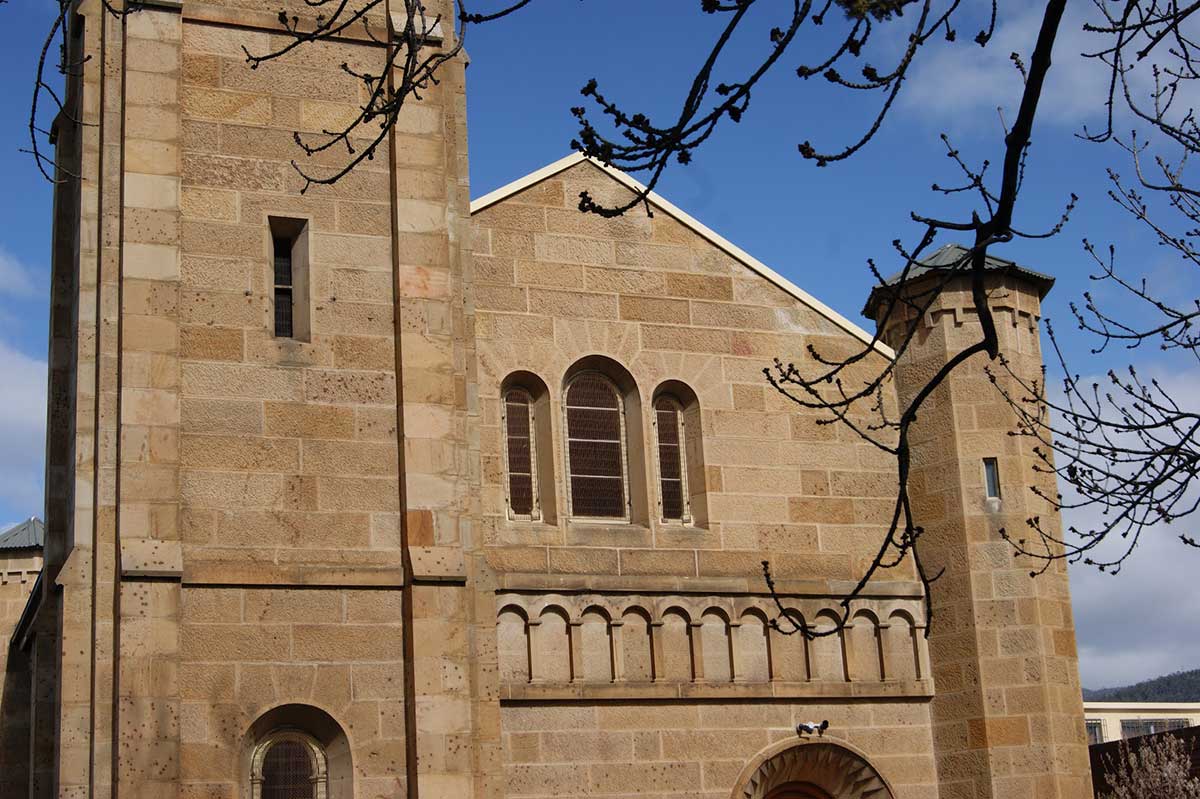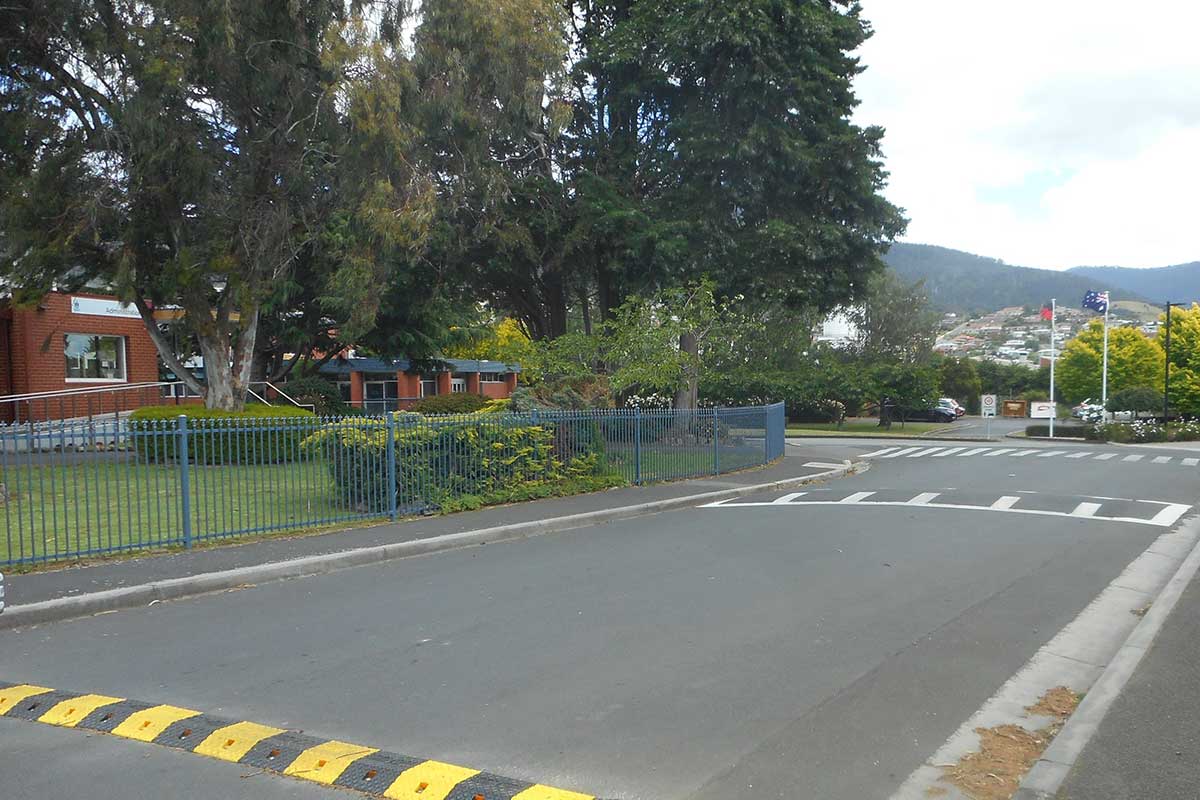Glenorchy

Photo: Glenorchy City Council
Bounded by the River Derwent to the east, Mount Wellington to the west, Hobart City 7km to the south and Brighton to the north,
the City of Glenorchy was one of the first areas established outside of Hobart Town by British colonial settlers. Glenorchy was first occupied in the year 1804, being mostly agricultural land from the 1820s onward, with orchards being the prime commercial industry for the area. Becoming a orld War II when a great number of returning soldiers settled in the northern suburbs.
Glenorchy is passed through by the Main Road of Greater Hobart, and the Brooker Highway which is the main connection to surrounding councils. When the Brooker Highway was built in 1952, it extended from Hobart to Berriedale. During this time, areas of Glenorchy and Moonah undertook street widening works in order to cope with increased traffic from the south.
The Glenorchy Central business district has three major indoor shopping centres, Northgate Shopping Centre, Glenorchy Central (Centro), and Glenorchy Plaza. Leading retail stores in Glenorchy include Best & Less, Coles, Woolworths, Big W, and Target, as well as a Bunnings located on the eastern edge of the Hobart show grounds on the Brooker Highway near Goodwood, with access via Howard Rd. Glenorchy has the second largest shopping district in Tasmania, following the Hobart CBD. Glenorchy CBD is one of the three main commercial districts in Glenorchy City, as well as those in Moonah and Claremont.
Glenorchy City Community Profile

The Genge Family Orchards at Glenorchy. James Chandler took this photograph and others of the Genge family house and orchards at Glenorchy (Hobart, Tas) ca. 1910.
Brief history
The town's name is thought to have been given by Governor Lachlan Macquarie in 1811 after Glen Orchy, his wife's family home in Scotland. Glen Orchy means "Glen of tumbling waters". O'Brien's Bridge is the name given to the site of first settlement in 1809. Merton refers to the Barossa Road area, and the surrounding bushlands between Glenorchy and Lenah Valley. Elwick is the name given to the area east of the Brooker Highway, including the Elwick Racecourse (where the Hobart Cup is raced) and the Hobart Showground, which represents all of Southern Tasmania.
Tasmanian Aboriginals were the first inhabitants of the area where Glenorchy lies today. Land grants to British settlers began in the Glenorchy area in 1804. By the 1820s it was occupied by farms and was a place of rural retreat from Hobart. In 1833 a Congregational Church and a private school were opened there. By 1864, when Glenorchy was proclaimed a municipality, it had four churches, a school, four hotels and a tannery. There were also the Rosetta Seminary and the Rosetta jam factory, which have bestowed their name on the suburb of Rosetta. A coach road ran to Hobart and a ferry across the Derwent River went to Risdon.
Orcharding became a significant industry, with the first cool store being built in the 1880s. Glenorchy's hills and streams became an attraction for tourists, their coolness bringing relief from heavy clothes in summer heat. German farming immigrants settled about 10 km. west of Glenorchy at Bismark and Glenlusk.
Glenorchy was connected by railway to Hobart in the 1870s, and the connection by tram to Hobart came in 1893. Settlement and farming continued, and a branch railway line was built to what became Glenorchy's main recreation venue, the racecourse at Elwick (now Goodwood). Glenorchy began to merge with metropolitan Hobart.
During the postwar years, industrial development became more important as apple prices slumped, and orchards at Moonah were subdivided for housing as Glenorchy began to merge with metropolitan Hobart. New industries established in the Municipality thrived - the Cadbury chocolate factory at Claremont at the northern end of the Glenorchy municipality employed over 1,000 people, Austral Bronze 350 people, and the Electrolytic Zinc Company at Lutana, opposite Risdon, 1,600 people. Alcorso Silk and Textiles had 1,000 employees at its peak. In 1949 the Daffodil table margarine factory was opened at Derwent Park, followed by a potato chips plant in 1951.

In 1952, construction of the Brooker Highway from Hobart to Berriedale was commenced, facilitating motor car access to Glenorchy. It put pressure on congested shopping areas in Moonah and Glenorchy, and the Council undertook street-widening and off-street-parking works. By 1964, when Glenorchy was proclaimed a City, over 150 industrial establishments employed more than 50,000 people. The last orchards were subdivided in 1972. At the 2016 Australian census, the suburban Glenorchy area had a population of 10,828, with the Glenorchy City population totalling 46,397.
Historic sites

Former Wesleyan Methodist Chapel
The unassuming building situated on the corner of Chapel Street in Glenorchy is one of the oldest churches in Tasmania. The area around Chapel Street was originally known as O’Brien’s Bridge, an early settlement just outside Hobart. It is named after Thomas O’Brien, who received a land grant in the area. Born in Ireland, O'Brien was also a Norfolk Islander and a marine in the First Fleet before moving to Van Dieman's Land in 1808. The O’Brien Bridge Chapel was established during Benjamin Carvosso’s ministry in Hobart and is one of the earliest Wesleyan Methodist churches built in Van Dieman’s Land. Established in 1831, land for the church was donated by James O'Brien and the foundation stone was laid on 1st January 1830 with Reverend Carvosso delivering a sermon. Photo: Duncan Grant.

St Matthews is an impressive early Romanesque Revival sandstone church built in 1839-41 to a design of famous convict architect, James Blackburn. In the early part of the nineteenth century the government treated the Church of England as the colony's ‘official’ established religion and the establishment of churches by other Christian denominations was discouraged. This changed somewhat with the passage of the 1837 ‘Church Act’, which enabled the Church of England, the Roman Catholic Church and the Presbyterian Church, access to a structured and consistent system of government funding. As a result of this change, many churches from these denominations were quickly built, one such church being St Matthew’s (or the Scots Church, as it was originally called) at O'Brien's Bridge.
Despite the “Episcopalian manoeuvring” as the Colonial Times put it, the Presbyterians received the necessary funding and the Governor, Sir John Franklin, laid the foundation stone for the Scots Church on Friday 20th December 1839. The church was built using convict labour and was completed and opened in November 1841. 30 years later, the church was renamed St Matthew’s. In 1904 the church's cemetery was closed and in 1954 the headstones were relocated to the church’s perimeter when the land in front of the church was acquired by the city council to widen the main road. In the 1970’s, St Matthew’s became a part of the Uniting Church and the congregation moved to the Glenorchy Methodist Church. It ceased being used as a church in the year 2000.

Site of Houghton Mill and Tannery
Houghton Mill and Tannery Site, Glenorchy
Humphreys Rivulet and O'Briens Bridge over it was the site of Glenorchy's early settlement and the commercial and industrial centre of the city. It remains the commercial centre of Glenorchy, the school being on the periphery. This group of buildings stand on one of the Colony's first four 100 acre land grants, made 15th August 1904 to Matthew Bowden, surgeon to Lt Gov Collins and his family. Bowden arrived at Port Phillip with Collins at the founding of the Port Philip Settlement as a civil Assistant Surgeon. He had travelled on the “Ocean” and arrived in the Bay on 7th October 1803, four days before the “HMS Calcutta” arrived. He was appointed Chief Civil Surgeon in 1811 to the Colony and was involved in both the development of the Settlement and the politics of those early years. He died on 23rd October 1814, age 35.
The second prominent figure associated with this site was William Murray, both a well known local citizen and prominent agricultural/industrial businessman in the Hobart region. The site has been the base for industrial operations from the 1840s to 1900 and are the only known structures associated with 19th century industrial (tannery, bark mill, flour mill) processes in Glenorchy.
Houghton House is situated in the centre of the site, surrounded by a bitumen basketball court (on the eastern side) and grassed area on the remaining three sides. Houghton House has been added to over time. In 1900 Thomas Butterworth purchased the house and surrounding land. It was held by the Butterworth family until 1956 when it was sold to Guilford Young College. The Butterworth family added the verandah and bay window gable some time soon after its purchase. Location: 74-76 Bowden Street, Glenorchy, Tas.
